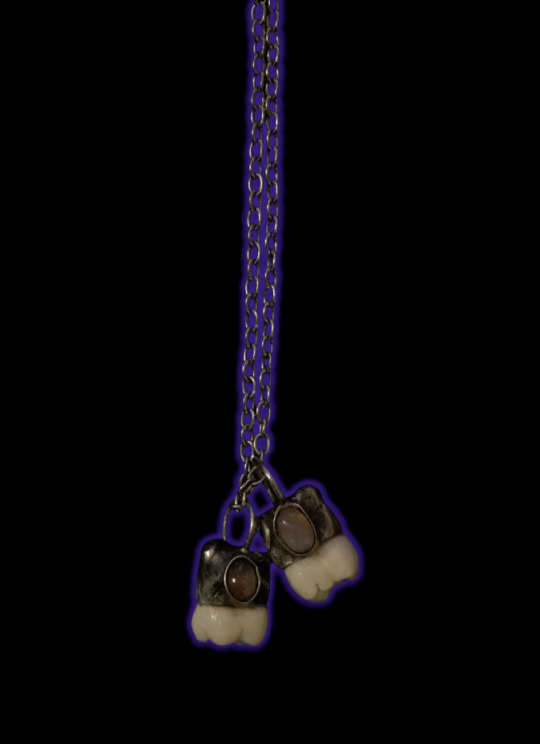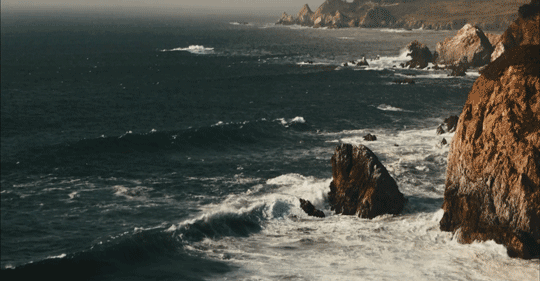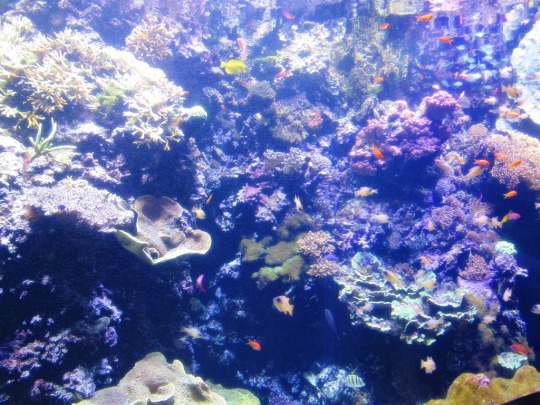#Reefs
Explore tagged Tumblr posts
Text


Thridrangaviti Lighthouse, one of the most isolated lighthouses in the world.
#Thridrangaviti Lighthouse#lighthouse#iceland#isolated#Justin Bieber#beacon#navigation#coastline#shoals#reefs#rocks#boating#ocean view#lake life#alexandria#english channel#the lighthouse#robert patterson#army corps of engineers#lamp#whale oil#tourism#trip#travelling#Geography
101 notes
·
View notes
Text

Tales of Earth
3. Nectocaris
A cool tidal stream brings nutrients back from the depths to the seashore. The shores of the sole ocean, Panthalassa, bristle with life in all shapes and colours. Having first appeared over 100 million years ago, sponges rose to prominence at the beginning of the Cambria, becoming the main reef builders of that era. The most successful group is Archecyacha. The secret of their success is the mineral skeleton which persists after their death. This allows every new sponge to build on the legacy of the previous one. Generation after generation, vast reefs are formed.
The appearance of those reefs has given the safe haven for all kinds of small animals. The ubiquitous sponge carcasses provide abundant hiding places from large predators.
This nectocaris has spent its whole life in these waters. Its soft body allows it to flow easily through the narrowest spaces in search of food as it does now. But this time there's a problem. Two stalked eyes detect the shadow of a slowly approaching predator. Isoxis is small enough to maneure between the sponges which places it on the top of the food chain
Instincts tell that it is too late to hide from being grabbed by two arthropod appendages. In the sudden move, Nectocaris starts to move forward.
The predator stops. Something tells it that this is not prey to be messed with. The colouration of the nectocaris does its best to mimic the segmented body of a small species of radiodont — the family that includes the infamous Anomalocaris. As it begins to wiggle, the resemblance becomes too uncanny for the predator, which backs down in search of an easier prey.
#tales of earth#artists on tumblr#digital art#sketch#drawing#paleoart#cambrian#nectocaris#archaeocyatha#reefs#speculative biology#paleoblr#prehistoric
21 notes
·
View notes
Text




15 notes
·
View notes
Text

Crown-of-thorns starfish (Acanthaster planci)
Crown-of-thorns starfish are found on reefs in the Indo-Pacific region.
(Image credit: Georgette Douwma via Getty Images)
#georgette douwma#photographer#getty images#crown-of-thorns starfish#starfish#marine#acanthaster planci#indo-pacific region#reefs#nature
63 notes
·
View notes
Note
Cure Coral pls!










Sango Suzumura/Cure Coral (Tropical Rouge Precure)
#livi’s moodboards#aesthetic#moodboards#moodboard#anime#purple#Violet#indigo#coral#coral reef#reefs#aquarium#water#ocean#beach#tropical#tropics#sealife#cure coral#sango suzumura#tropical rouge precure#tropical rouge#Precure#pretty cure#summer
20 notes
·
View notes
Note
can u imagine how much descent and reefs would have gotten along had they been remotely close / lined up at all chronologically

OH THIS IS SO CUTE....... they wouldve been besties ever dude its wild
30 notes
·
View notes
Text

HEY TUMBLR-
88 notes
·
View notes
Text

#photo#photography#new england aquarium#boston aquarium#aquarium#aquatic#blue#water#underwater#reef#reefs#sea turtle#turtle
6 notes
·
View notes
Text

Reefs at the Seaside
9 notes
·
View notes
Text
A successful restoration project on the Adelaide coast is raising hopes for the future of a long-lost ecosystem.
#australia#oysters#coral reefs#reefs#marine life#ocean life#good news#environmentalism#science#environment#nature#animals
21 notes
·
View notes
Text




The Way A World Ends
#coral#reefs#ocean#warming#bleaching#honeycomb#washed ashore#corallites#polyps#Porites#original photographers#photographers on tumblr#photographers of colour
2 notes
·
View notes
Text
In 2013, neurobiologist Kristin Tessmar-Raible and her colleagues published some of the most compelling evidence of a molecular moon clock in an ocean creature. They studied the marine bristle worm Platynereis dumerilii, which looks like an amber centipede with tiny feathered oars running the length of its body. In the wild, the bristle worm lives on algae and rocks, spinning silk tubes for shelter. While reading studies from the 1950s and ’60s, Tessmar-Raible learned that some wild bristle worm populations achieve maximal sexual maturity just after the new moon, swimming to the ocean surface and twirling in circles in a kind of whirling dervish nuptial dance. The studies suggested that changing levels of moonlight orchestrated this mating ritual. “At first I thought this was really crazy in terms of biology,” says Tessmar-Raible, who notes that she grew up far from the ocean, “but then I started talking to colleagues in marine biology and realized that this might not be so uncommon.”
To learn more, Tessmar-Raible and her colleagues kept bristle worms in plastic boxes, feeding them spinach and fish food, and simulating typical and aberrant moon cycles with an array of standard light bulbs and LEDs. Worms raised in perpetual light or in entirely moonless day-night cycles never displayed reproductive rhythms. But worms reared with periodic nocturnal illumination synced their spawning rituals to the phases of their artificial moon. As suggested by earlier studies, Tessmar-Raible found light-sensitive neurons in the worms’ forebrains. And genetic sequencing revealed that the bristle worm has its own versions of essential molecular clock genes found in terrestrial insects and vertebrates. Tessmar-Raible’s conclusion is that the worms have a robust lunar clock analogous to the more familiar sun-synced circadian clock. “This is an endogenous oscillator,” she says. “Something in the body preserves the memory of those nocturnal illuminations.”
In similar studies, Oren Levy and his colleagues collected pieces of living corals from Heron Island reef and housed them in large outdoor aquaria, some of which were exposed to ambient sunshine and moonlight, some shaded at night to block all moonlight, and some subjected to dim artificial light from sunset to midnight and then kept in the dark until sunrise. Each day for eight days before the estimated night of mass spawning, the researchers collected bits of corals from the different aquaria and analyzed the activity of their genes. The corals in natural conditions spawned as predicted and expressed many genes only during or just before releasing their gametes. Corals subjected to artificial light and deprived of moonlight displayed anomalous gene expression and failed to release their gametes.
— The Lunar Sea
#ferris jabr#the lunar sea#science#biology#marine biology#animals#animal behaviour#genetics#astronomy#australia#heron island#great barrier reef#kristin teßmar-raible#oren levy#polychaete#platynereis dumerilii#coral#coral reefs#reefs#reproduction#moon#light#circadian rhythm
41 notes
·
View notes
Text
youtube
The Top 7 Unmissable Travel Destinations for 2024 In The Philippines
#youtube#photography#beautiful#nature#photos#the Philippines#el nido#palawan#coron palawan#banaue rice terraces#chocolate hills Philippines#intramuros#manila#tubbataha#reefs#puerto princesa#subterranean#Travel#travel 2024#Philippines travel#amazing
3 notes
·
View notes
Photo

"Jaws-Ome"
The Caribbean Reef Shark is an impressive and fast hunter. With the help of a long shutter speed, two underwater strobes and some speedy camera movement, the photographer created this breathtaking portrait of the dynamic apex predator. Sharks are a protected species in the Bahamian reefs, like in many other parts of the world's oceans, yet 80-100 million sharks get killed every year. A strong market demand for shark fins is the main driver. In order for shark conservation to be a success, Magnus believes that there needs to be an understanding that living sharks hold a greater value than dead ones. By Magnus Lundgren.
21 notes
·
View notes




